I’ve done lots of close-up and macro photography in my career, and I’ve tried many methods to get better results. We know that focusing close to a subject is one of the ways to make a very shallow depth of field, and when you zoom in and shoot close and use a wide aperture the depth of field becomes very shallow indeed. One thing you can count on in macro photography is that the field of focus will definitely fall right in front of or behind the thing you want to be in focus 😉
However, I’ve started using AF-C (AI-Servo for you Canon shooters) for macro photography, and I’m getting much more consistent results. Let me show you why.
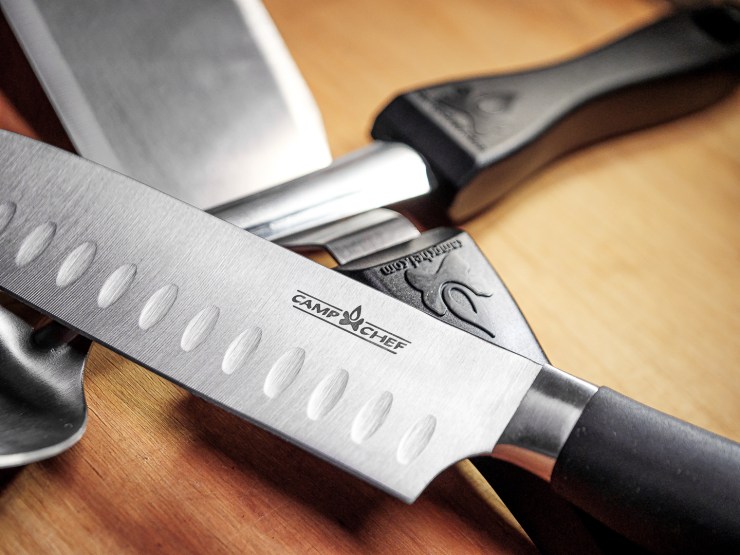
Stuff moves & AF-C is for movement
You expect kids and football players to run around, and you know you can use AF-C to keep them in focus. AF-C means “autofocus continuous.” This means that the camera shifts the focus distance continuously to keep the subject in focus.
You wouldn’t expect flowers and bugs to be moving so much that AF-C would be necessary, but all it takes is a little breeze and suddenly they are wobbling in and out of the field of focus. There’s nothing more frustrating than a really sharp picture of the part of the flower you’re not interested in.
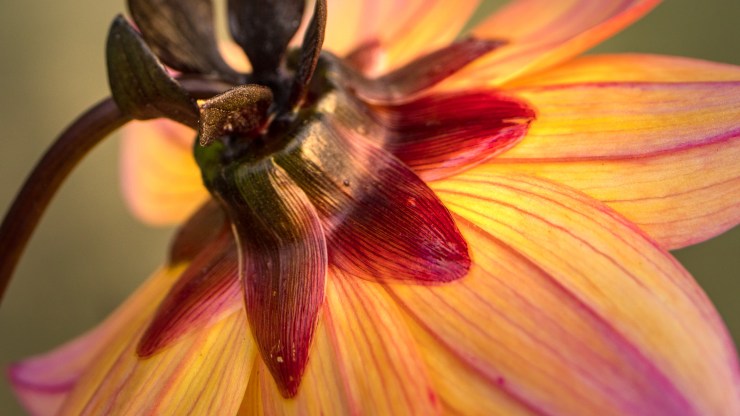
AF-C will let you get the right thing in focus on your flower. Just put the focus point over the interesting spot and as the wind blows the camera will continually adjust focus. You’ll end up with sharp photos of the subject because you used AF-C for your macro photography.
You move & AF-C is for movement
Ideally, even the macro shot I make is locked down on a tripod with arranged lighting in just the right spot. I have a few clients who pay for that in product shots, but more often I’m making a picture for my own use and publication — I don’t usually have time before deadlines to create a studio setup. Most often, I put a couple of Lume Cubes on Platypod Goosenecks and hold my camera as still as possible on rapid-fire and hope one is in focus.
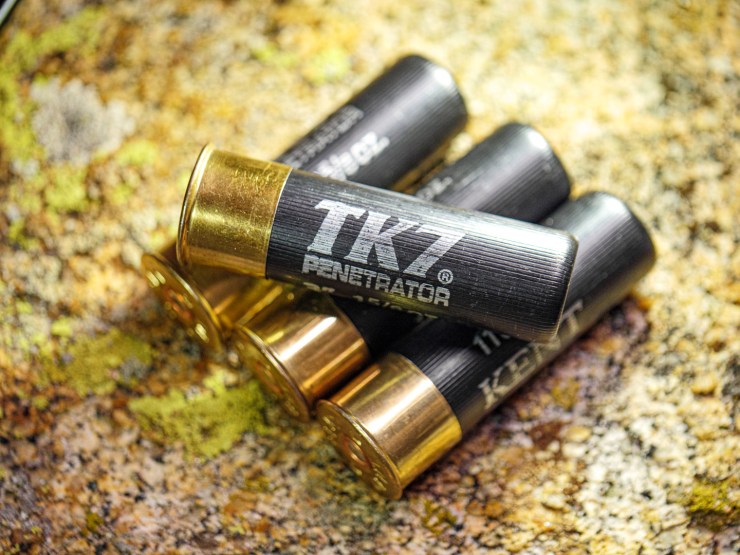
Even when I do set up lights, I’m usually trying to get things done quickly and can’t mess around with positioning a tripod for each shot. The other day I had to photograph three knives for an article and needed a lot of pictures of each of them. There just wasn’t time to compose each frame on a tripod.
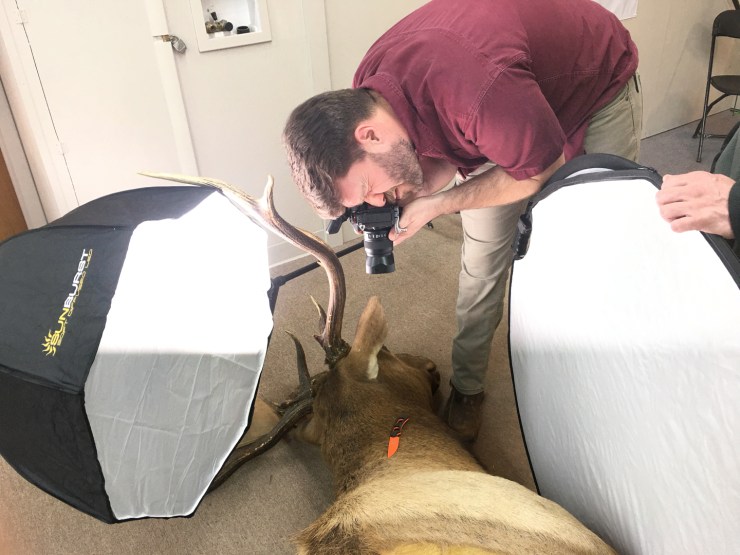
That’s why using AF-C is excellent when you’re shooting handheld. As I was leaning over those knives set on the elk mount on the floor, I was not able to stay perfectly still and was continuously wobbling about. Even so, using AF-C got me the right thing in focus.
When stuff doesn’t move, don’t use AF-C
So why not just keep it in AF-C all the time? Well, because the camera is looking for movement in AF-C and it often shifts the focus on purpose so it doesn’t miss the movement. That means that when you’re making a portrait and neither of you is moving, you might end up with the background in focus instead of your subject’s eyes. Use AF-S (One-Shot for Canoneers) when you’re not shooting close-up.
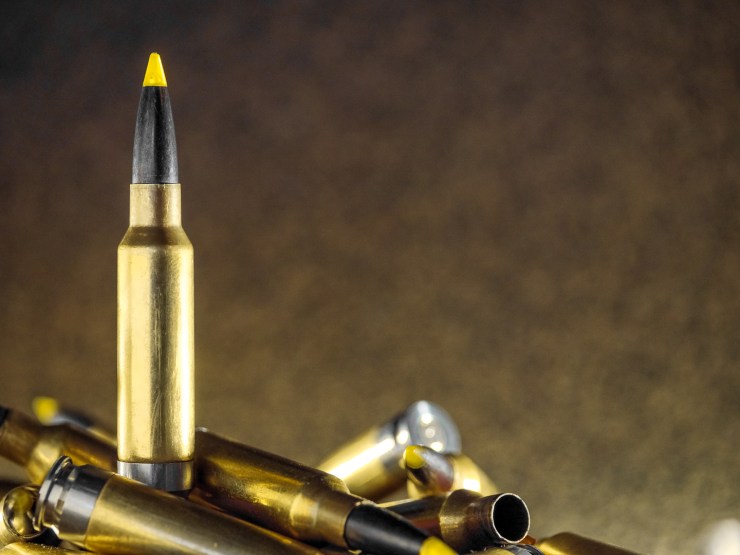

Make more macros!
The more I make macros, the more I want to shoot close-up. It’s a completely different world and you can find new and interesting compositions right where you are. Food becomes more interesting. Pebbles on the ground become mountains. Your kid’s toys become actors in your latest production. Make more macro shots and remember that if you’re having trouble with focus, AF-C might be the perfect answer.
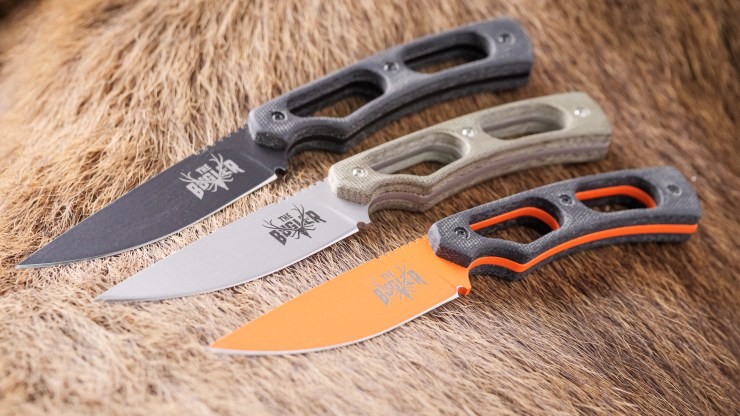
Tell your story with the second annual Visual Storytelling Conference!
Experience four days of interactive, online training sessions featuring a range of educational content with experienced photographers and content creators. This free event kicks off with a series of technical boot camps to build essential skills, followed by live, online sessions on photography, video, business and social media. Join live from March 10-13, 2022!
